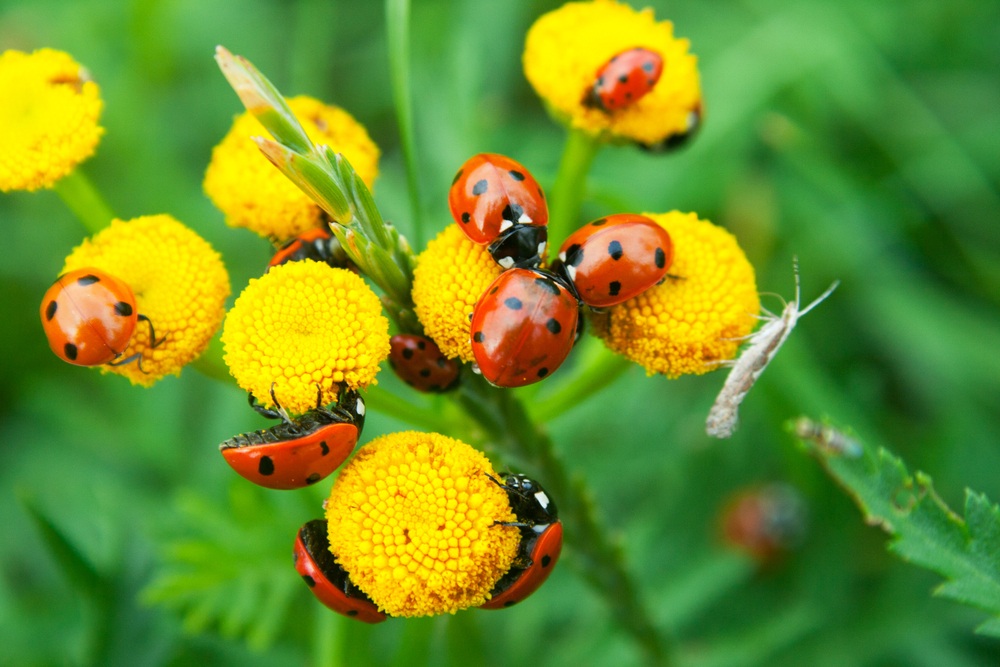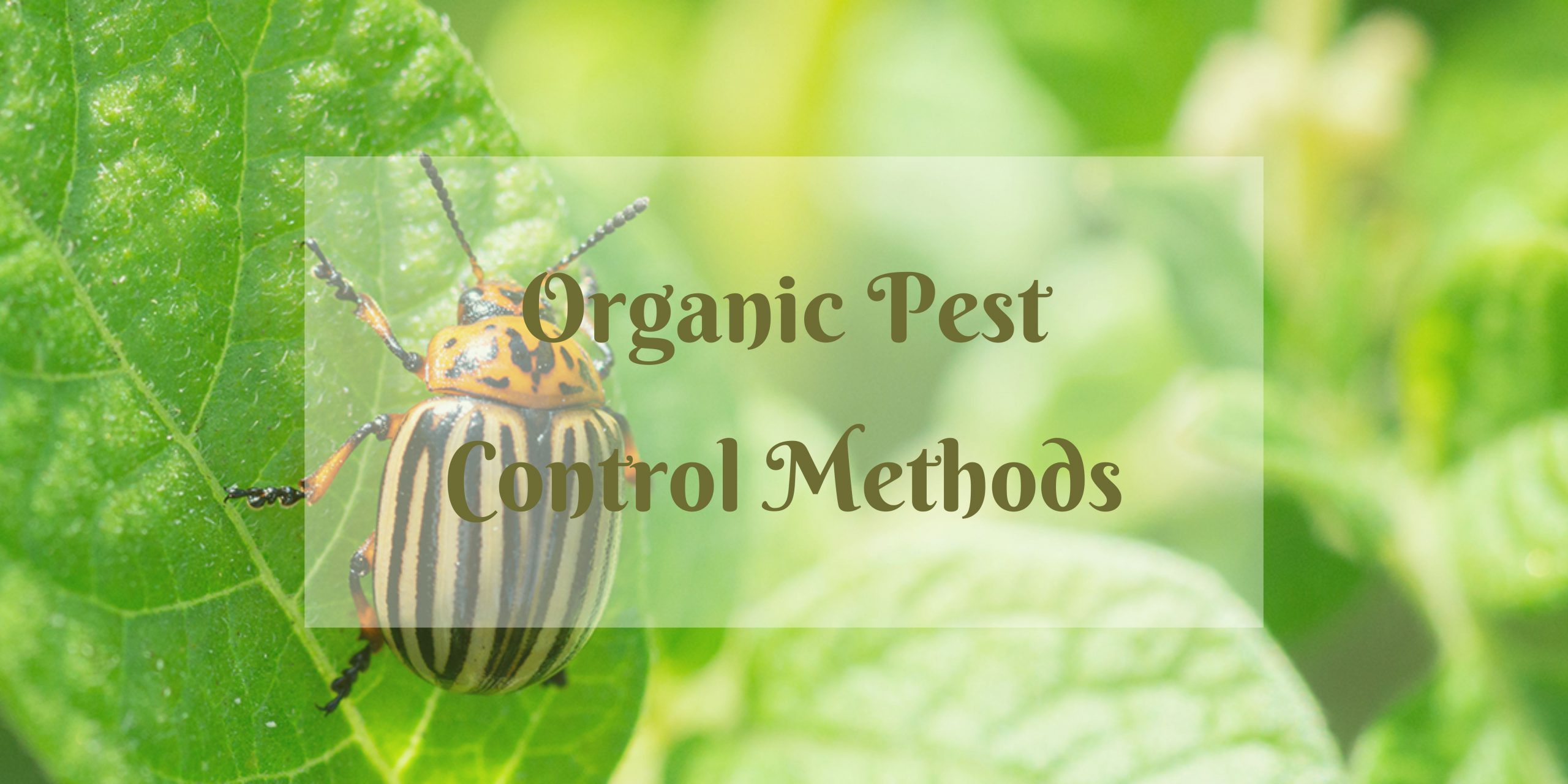How to Use Companion Planting for Pest Control

Imagine your garden as a bustling city. Just like any city, it has its share of unwanted visitors—garden pests. But what if you could enlist the help of nature's own police force to keep these pests at bay? Enter companion planting for pest control, a natural and effective way to protect your garden without resorting to harsh chemicals. Let's dive in and explore how you can harness the power of plants to create a harmonious, pest-free ecosystem in your backyard.
Understanding Companion Planting for Pest Control
Companion planting is the practice of growing different plants together for mutual benefit. When it comes to pest control, certain plant combinations can repel pests, attract beneficial insects, and even improve soil health. It's like creating a tiny, thriving community where each member plays a crucial role in maintaining balance and harmony.
The Science Behind Companion Planting
Plants have evolved various defense mechanisms to protect themselves from pests. Some release chemicals that repel pests, while others emit scents that attract beneficial insects. By strategically placing these plants in your garden, you can create a natural barrier against pests. Think of it as setting up a neighborhood watch, where each plant keeps an eye out for the others.
Beneficial Insects: Your Garden's Allies
One of the key aspects of companion planting for pest control is attracting beneficial insects. These tiny heroes prey on garden pests, helping to keep their populations in check. Plants like dill, fennel, and yarrow are magnets for beneficial insects, drawing them in with their nectar-rich flowers.
The Role of Beneficial Insects
Beneficial insects, such as ladybugs, lacewings, and parasitic wasps, are nature's own pest control squad. They feed on aphids, caterpillars, and other common garden pests, helping to maintain a healthy ecosystem. By planting the right plants, you can invite these helpful critters into your garden and let them do the heavy lifting.
Plant Combinations for Pest Control
Now that you understand the basics of companion planting, let's explore some effective plant combinations for pest control. Remember, the goal is to create a diverse, interconnected web of plants that support each other and deter pests.
Herbs and Vegetables
Herbs are some of the most powerful natural repellents. For example, basil is known to repel flies and mosquitoes, making it an excellent companion for tomatoes. Similarly, mint deters ants and rodents, while rosemary repels a variety of pests, including certain types of beetles.

Flowers and Vegetables
Flowers not only add a splash of color to your garden but also play a crucial role in pest control. Marigolds, for instance, contain a substance called thiopene, which helps to repel nematodes (microscopic worms that attack plant roots). Nasturtiums are another excellent choice, as they attract aphids away from your vegetables and act as a trap crop.
Trees and Shrubs
Even trees and shrubs can contribute to your garden's pest control efforts. Elderberry bushes attract beneficial insects, while certain types of evergreens, like juniper and cypress, release chemicals that repel pests. By incorporating these larger plants into your garden design, you can create a multi-layered defense system against pests.
Organic Pest Control: Beyond Companion Planting
While companion planting is a powerful tool, it's just one piece of the organic pest control puzzle. To create a truly pest-resistant garden, consider incorporating other natural repellents and strategies.
Natural Repellents
There are numerous natural repellents you can use to keep pests at bay. Garlic and hot pepper sprays are effective against a wide range of pests, while diatomaceous earth can be used to control slugs, snails, and certain insects. Neem oil is another versatile option, acting as a repellent, insecticide, and fungicide.
Crop Rotation
Crop rotation is the practice of planting different crops in the same area each year. This helps to disrupt the life cycles of pests and prevent the buildup of pest populations. By rotating your crops, you can keep your garden healthy and pest-free without the need for chemical pesticides.
Creating a Pest-Resistant Garden
So, how do you put all this information into practice? Creating a pest-resistant garden is about more than just planting the right plants; it's about fostering a healthy, balanced ecosystem. Here are some tips to help you get started:
Plan Your Garden Layout
Before you start planting, take some time to plan your garden layout. Consider the needs of each plant, including sunlight, water, and soil requirements. Group plants with similar needs together, and make sure to include a variety of plant types to attract beneficial insects.
Monitor Your Garden
Regularly inspect your garden for signs of pests. Early detection is key to preventing infestations. Look for chewed leaves, discolored foliage, and other indicators of pest activity. If you spot a problem, take action quickly to prevent it from spreading.
Encourage Biodiversity
A diverse garden is a healthy garden. By incorporating a wide range of plants, you can create a robust ecosystem that is better equipped to handle pests. Encourage biodiversity by planting native species, creating habitat for wildlife, and avoiding the use of chemical pesticides.

Conclusion
Companion planting for pest control is a natural, effective way to protect your garden from unwanted visitors. By strategically placing plants that repel pests and attract beneficial insects, you can create a harmonious, pest-free ecosystem in your backyard. Remember, the key to successful companion planting is diversity and balance. With a little planning and care, you can transform your garden into a thriving, self-sustaining community where every plant plays a crucial role.
So, are you ready to enlist nature's own police force and say goodbye to garden pests? Give companion planting a try, and watch as your garden flourishes under the watchful eye of its plant protectors.
FAQs
What are some common garden pests that companion planting can help control? Companion planting can help control a wide range of garden pests, including aphids, caterpillars, flies, mosquitoes, ants, rodents, beetles, nematodes, slugs, and snails.
Can companion planting eliminate the need for chemical pesticides? While companion planting can significantly reduce the need for chemical pesticides, it may not eliminate it entirely. However, by combining companion planting with other organic pest control methods, you can create a highly effective, chemical-free pest management strategy.
What are some of the best plants for attracting beneficial insects? Some of the best plants for attracting beneficial insects include dill, fennel, yarrow, marigolds, nasturtiums, and elderberry bushes. These plants provide nectar and habitat for beneficial insects, encouraging them to take up residence in your garden.
How can I incorporate companion planting into my existing garden? You can incorporate companion planting into your existing garden by strategically placing pest-repelling plants and beneficial insect-attracting plants among your current plants. Consider the needs of each plant and group them accordingly to create a balanced, interconnected ecosystem.
What other organic pest control methods can I use alongside companion planting? Other organic pest control methods you can use alongside companion planting include natural repellents (such as garlic and hot pepper sprays, diatomaceous earth, and neem oil), crop rotation, regular garden monitoring, and encouraging biodiversity. By combining these methods, you can create a comprehensive, chemical-free pest control strategy.
0 Response to "How to Use Companion Planting for Pest Control"
Post a Comment